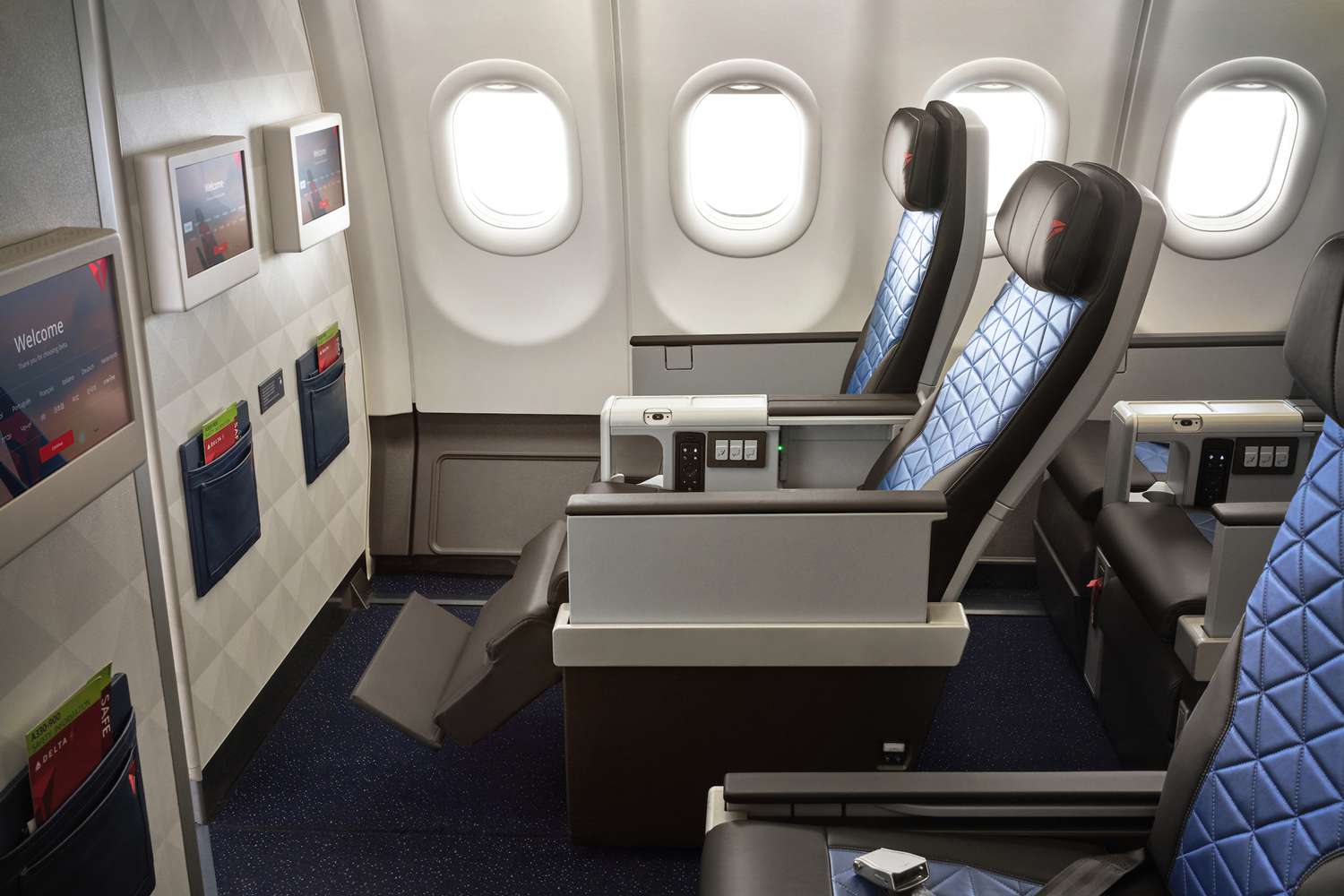
Ever wondered what goes into designing an aircraft cabin? It's more than just seats and overhead bins. Aircraft cabin design involves a mix of engineering, psychology, and even a bit of art. Designers aim to make passengers feel comfortable, safe, and entertained during their flight. From the layout of the seats to the lighting and even the materials used, every detail is carefully planned. Why is this important? Because a well-designed cabin can make a long flight feel shorter and a cramped space feel more spacious. Buckle up as we explore 13 fascinating facts about aircraft cabin design that will change how you see your next flight.
Key Takeaways:
- Aircraft cabin design is crucial for passenger comfort and safety. From seat configurations to lighting, every detail is meticulously planned to enhance the overall flight experience.
- Innovations in seating, safety features, and passenger experience contribute to a pleasant flying experience. Future trends promise even more innovations aimed at enhancing passenger comfort and efficiency.
The Importance of Aircraft Cabin Design
Aircraft cabin design plays a crucial role in passenger comfort, safety, and overall flight experience. From seat configuration to lighting, every detail is meticulously planned. Here are some fascinating facts about aircraft cabin design that you might not know.
-
Seat Pitch and Width: Airlines carefully calculate seat pitch (the distance between rows) and width to maximize comfort and capacity. Economy class typically has a pitch of 28-34 inches, while business class can offer up to 60 inches.
-
Cabin Pressure: Modern aircraft maintain cabin pressure equivalent to an altitude of 6,000-8,000 feet to ensure passenger comfort and reduce fatigue. This is achieved through advanced pressurization systems.
-
Lighting Systems: Mood lighting in cabins can simulate different times of day, helping passengers adjust to new time zones and reducing jet lag. LED lights are often used for their efficiency and versatility.
Innovations in Aircraft Seating
Seating is one of the most critical aspects of cabin design, influencing passenger comfort and space utilization. Innovations in this area continue to evolve.
-
Lie-Flat Seats: Many long-haul flights now feature lie-flat seats in business and first class, allowing passengers to sleep comfortably. These seats can recline to a fully horizontal position.
-
Slimline Seats: Slimline seats are designed to be thinner and lighter, providing more legroom without sacrificing comfort. They also help reduce the overall weight of the aircraft, improving fuel efficiency.
-
Adjustable Headrests: Modern seats often come with adjustable headrests that can be moved up, down, or sideways to provide better neck support, enhancing comfort during long flights.
Safety Features in Cabin Design
Safety is paramount in aircraft design, and cabins are equipped with numerous features to ensure passenger well-being.
-
Crashworthy Seats: Aircraft seats are designed to withstand significant impact forces. They undergo rigorous testing to ensure they can protect passengers during emergencies.
-
Fire-Resistant Materials: The materials used in cabin interiors, including seats and carpets, are made from fire-resistant materials to minimize the risk of fire spreading.
-
Emergency Lighting: In the event of a power failure, emergency lighting systems guide passengers to exits. These lights are strategically placed along the aisle and near exits.
Enhancing Passenger Experience
Beyond safety and seating, various elements contribute to a pleasant flying experience.
-
In-Flight Entertainment: Modern aircraft are equipped with advanced in-flight entertainment systems, offering movies, TV shows, music, and games. Some airlines even provide Wi-Fi connectivity.
-
Noise Reduction: Aircraft cabins are designed to minimize noise from engines and airflow. This is achieved through soundproofing materials and advanced engineering techniques.
-
Air Quality: High-efficiency particulate air (HEPA) filters are used to maintain clean air within the cabin. These filters can remove 99.97% of airborne particles, including bacteria and viruses.
Future Trends in Cabin Design
The future of aircraft cabin design promises even more innovations aimed at enhancing passenger comfort and efficiency.
- Virtual Windows: Some new aircraft designs feature virtual windows, which use screens to display real-time images from outside the plane. This can provide a sense of openness and reduce claustrophobia for passengers seated away from actual windows.
Final Look at Aircraft Cabin Design
Aircraft cabin design is more than just seats and aisles. Comfort, safety, and efficiency are key. Designers use ergonomics to ensure passengers can relax during long flights. Lighting and temperature control play a big role in creating a pleasant atmosphere. Materials used in cabins are lightweight yet durable, balancing fuel efficiency with passenger safety. Noise reduction techniques make flights quieter, enhancing the travel experience. In-flight entertainment systems keep passengers engaged. Seat configuration affects both comfort and capacity. Storage solutions are designed to maximize space without compromising comfort. Emergency equipment is strategically placed for quick access. Accessibility features ensure everyone can travel comfortably. Sustainability is becoming a focus, with eco-friendly materials and designs. Technology continues to evolve, promising even more innovations in the future. Understanding these elements helps appreciate the complexity and thoughtfulness behind every flight.
Frequently Asked Questions
Was this page helpful?
Our commitment to delivering trustworthy and engaging content is at the heart of what we do. Each fact on our site is contributed by real users like you, bringing a wealth of diverse insights and information. To ensure the highest standards of accuracy and reliability, our dedicated editors meticulously review each submission. This process guarantees that the facts we share are not only fascinating but also credible. Trust in our commitment to quality and authenticity as you explore and learn with us.


